A Beautiful Day in the Neighborhood
I live in the Bushwick section of Brooklyn, a working-class neighborhood in the northern part of New York City. As of 2020, Bushwick has the largest Hispanic community in Brooklyn, many are predominately Puerto Rican, Dominican, and people from South America. About 80% of the neighborhood’s population is Hispanic. Blacks and others make up the other 20% of Bushwick.
Gentrification Rising
Pre-COVID, walking through my neighborhood that’s like many 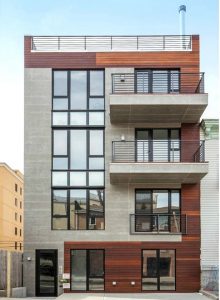 neighborhoods across cities and within a four-block radius, I would see the development or construction of new housings. No. These apartment buildings were not low-income housing or an urban clean-up. It was the wave of something that was happening long before the pandemic hit. It was called gentrification or what some identify as revitalization while others say it’s an erosion of cultural history.
neighborhoods across cities and within a four-block radius, I would see the development or construction of new housings. No. These apartment buildings were not low-income housing or an urban clean-up. It was the wave of something that was happening long before the pandemic hit. It was called gentrification or what some identify as revitalization while others say it’s an erosion of cultural history.
From the bedroom in the rear of my apartment, I could hear the sound of machinery associated with construction; the banging and drilling. I can see one of the new high-rise buildings standing high above one of the local public schools. Fancy eateries and cafes are present where local Bodegas used to be along the neighborhood blocks. Introduced gradually into the area. I see businesses and upscale entities that current residents can’t afford. These changes, some say, take away from the culture that defines Bushwick and the neighborhood’s identity.
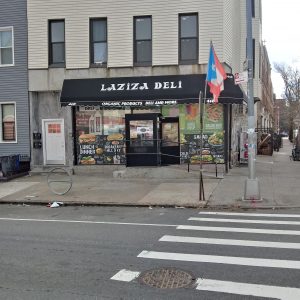
Then Came COVID
In 2020 COVID-19 crashed into us like a tsunami. As the year came to a close, the COVID-19-inspired economic fallout left millions of people unemployed. Now in 2021, COVID is still prevalent coupled with a new strain of the virus. Thankfully, vaccines are available to begin to stave off what the world has seen as a monstrous catastrophe on everything. From mass layoffs, health, education, to housing.
Combine the economic losses with the effect of the pandemic; one could theorize that COVID-19 may impact gentrification nationwide in favor of building owners, and negatively for low-income neighborhood residents who are already struggling. According to the Center for American Progress, “Housing instability triggered by the coronavirus pandemic is a growing threat across the United States.”
While the city has been able to resume some of its normal economic activity, what I have noticed in my neighborhood are new apartment buildings with nothing but vacancies. The impact of COVID on gentrification, housing, and rent has reared its wicked head.
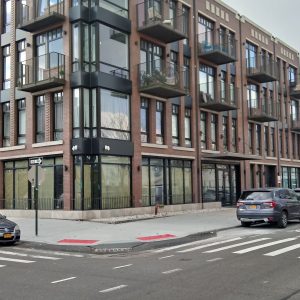
The Exodus
Residents, already rent-burdened, find it challenging to move to a more affordable neighborhood as rent rises. This while the country tries to gain control over the effects of COVID. Those already living in new luxury apartments are finding it difficult to keep up with their rent. The average rent in Bushwick is $3,016 which is 21% higher than Brooklyn’s average rent. On my block, I don’t even know the people who occupy these dwelling because new people come and go so quickly. On any given evening, you’d see a moving van and people moving out.
Millions of people are still unemployed and experiencing difficulty in keeping up with their rent. As I stated, residents living in luxury apartments are leaving the neighborhood along with working-class people to find more affordable housing. In conversations with my neighbors, the thought is that with a “white” flight exodus, there may be a reverse or reduction in the impact of gentrification and rent would decrease making the neighborhood affordable once again.
Gentrification on Pause?
Is it lights out for gentrification? Some may believe so. My fear is that the unanticipated consequence of this pandemic may exacerbate gentrification in the neighborhoods. As COVID continues its wrath across our nation and unemployment continues to increase, neither utility companies nor cable providers have lowered their prices, and rent is no different. Evictions are still on the table and people are at risk for homelessness. I believe that as people leave and apartment building vacancies increase, so will the opportunities to construct more luxury housing, eateries and “Whole Foods.”
Owners are most likely obtaining the site at a lower price. Ultimately when things begin to return to some form a normalcy and the evolving patterns of urban development moves forward, rent will continue to climb to unaffordable levels. And, the rebuilding process which in fact was constructed to benefit those other than people like me, a working-class Bushwick resident, will prevent original residents from returning back to a place they called home; their neighborhood, pre-gentrified.
Promote Community and Vitality
There has to be a solution to provide easement during and after COVID. I think there should be some form of a community-minded approach to building a better world in a post-pandemic society. Concerns over gentrification are contentious with people holding varying perspectives on its benefits or lack thereof. How can a neighborhood like mine benefit from the byproducts of gentrification? How can we avoid its negative consequences such as the rental crisis and the inability of people to pay their rent because they’re unemployed due the pandemic?
In my neighborhood, I have yet to see information about any community board meeting. Perhaps this is a way to exclude residence from planning conversations on how to effect positive change in the neighborhood. In essence, it is critical that we, who are impacted by gentrification, be a part of the process and at the same time, part of the solution. All of us must play a role and have a voice in promoting a sense of community and vitality.
Moving Forward
Gentrification will continue to occur even after COVID. Change is inevitable and we must embrace change by finding our place in it. I am so thankful for residing in a home where the rent is manageable. I am comfortable in my neighborhood. I am thankful to hear my landlord says that for the past 18 years, how grateful he is to have tenants like me and my husband. Yes, the neighborhood has undergone redevelopment and changes so much that even Vice-President Kamala Harris’ 22 year old step-daughter, Ella Emhoff, is a Bushwick resident! This area has quickly become one of the most popular places to live in Brooklyn. With its vintage stores and young artist, I can honestly say that as a result of gentrification, the aesthetics in the area are pleasing to the eyes.
Revitalization of the neighborhood provides resources and services that at one time were non-existent. The newly renovated supermarkets in my neighborhood, offer better choices of food products that are healthier for the mind, body, and soul that were never offered before. Yes. This is the positive impact. However, on the other hand, gentrification results in the forced displacement of its residents by increased housing costs. Amazing. Not even COVID can stop its impact!











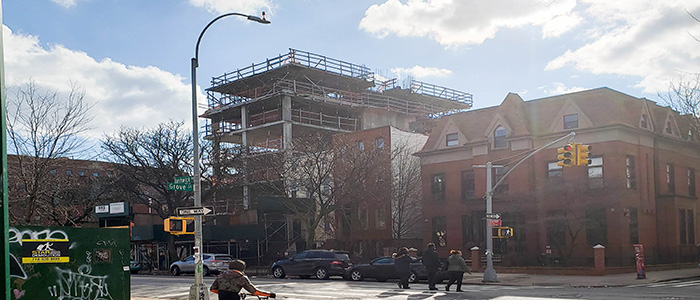


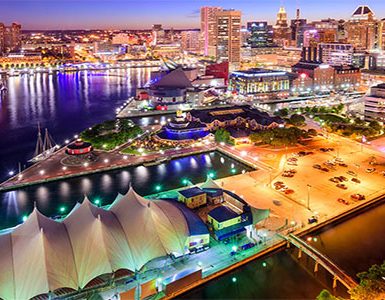



Add comment